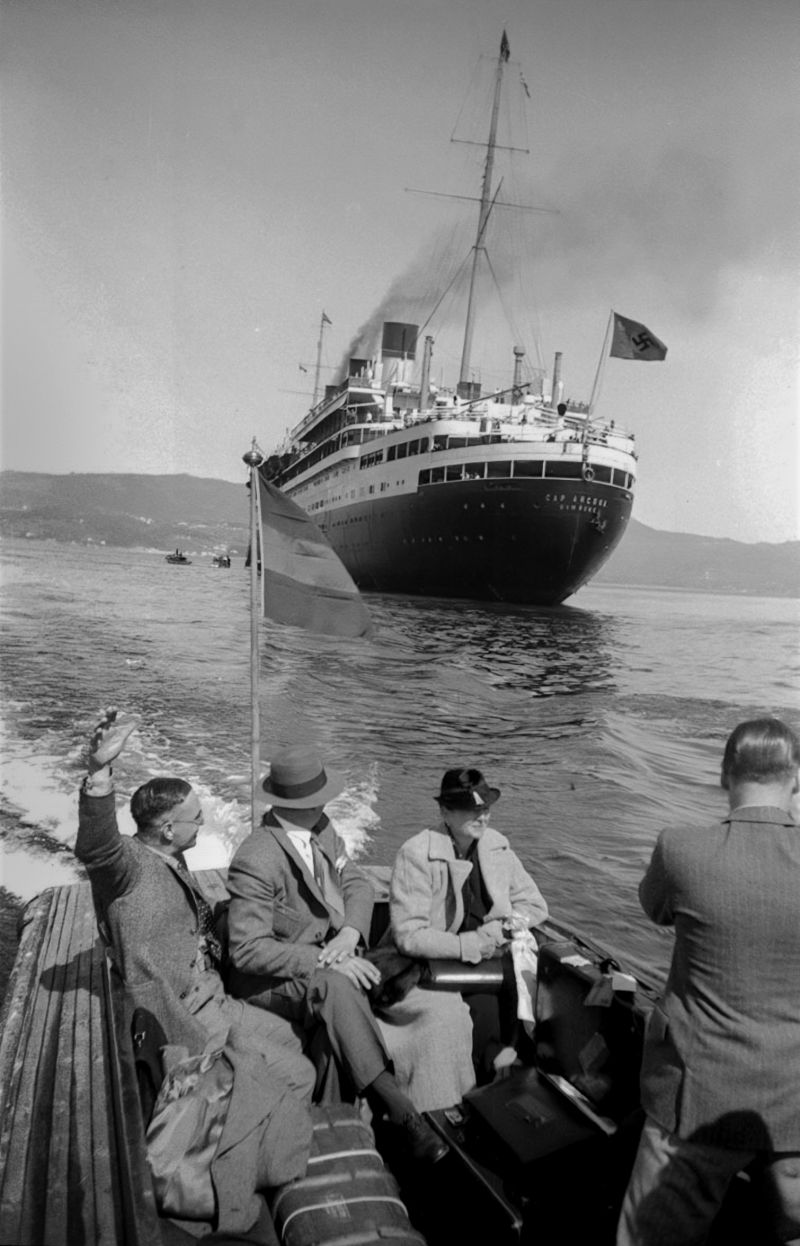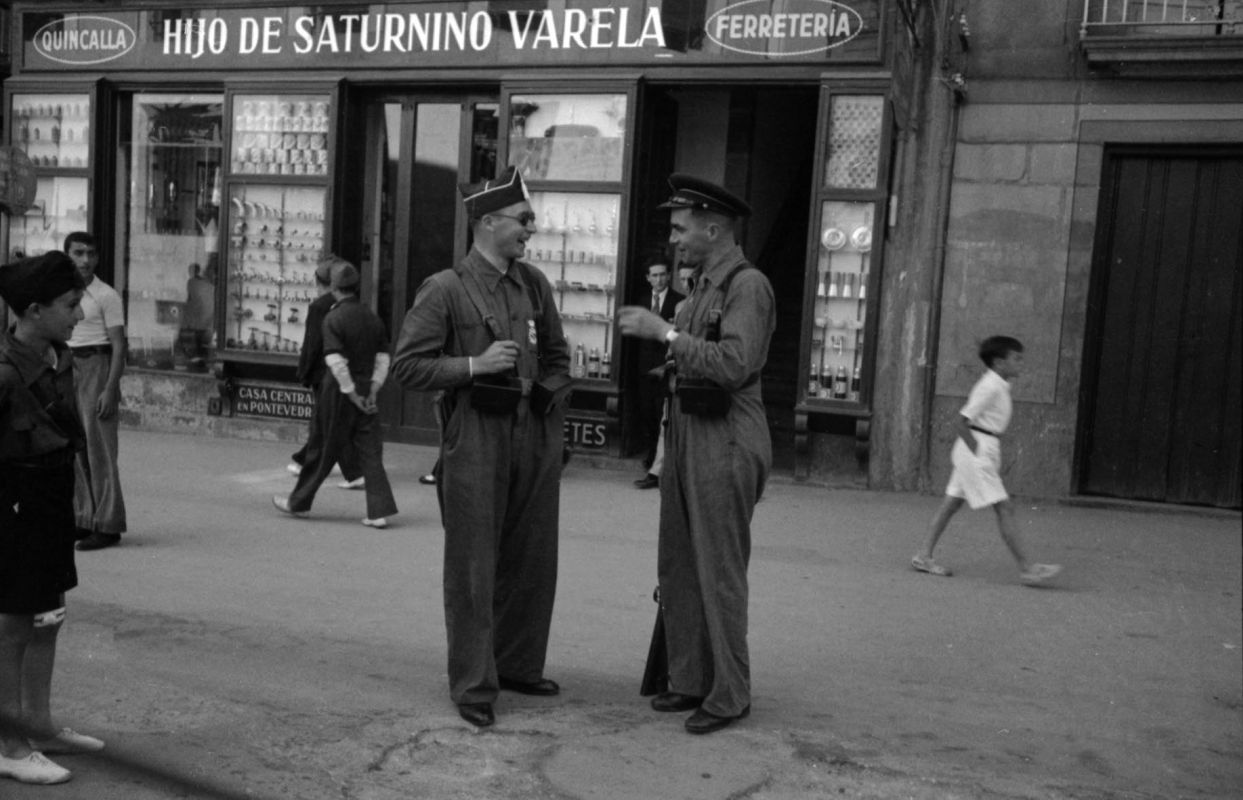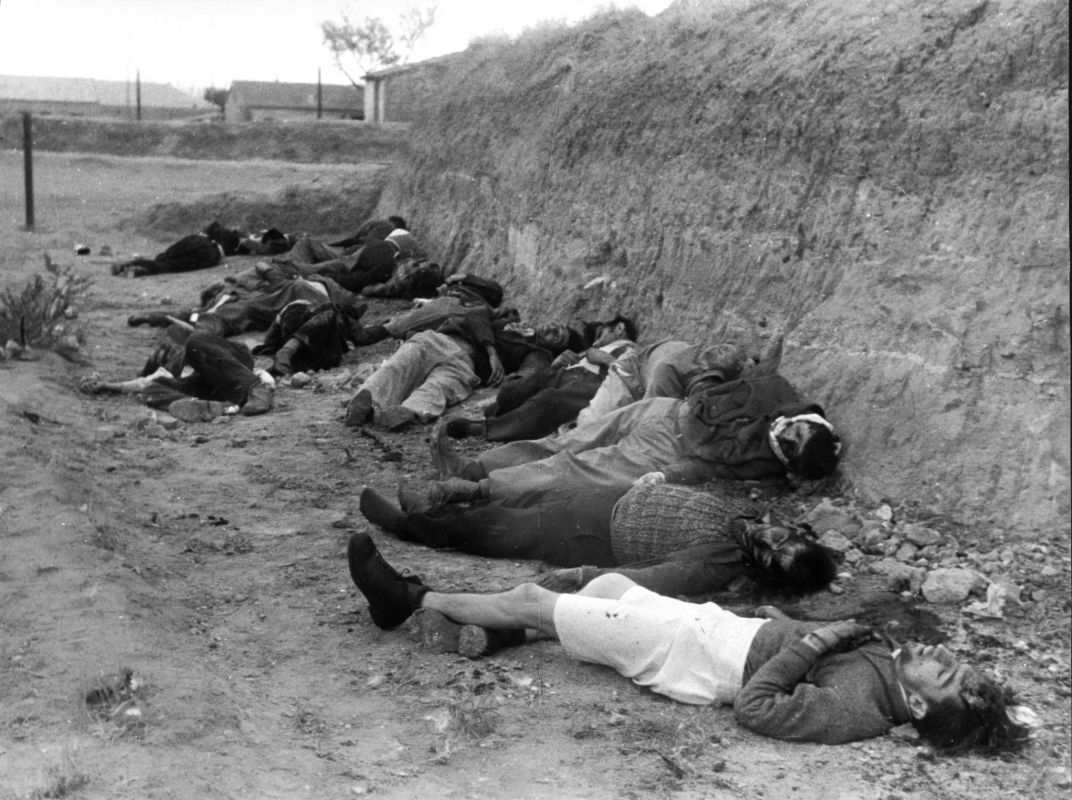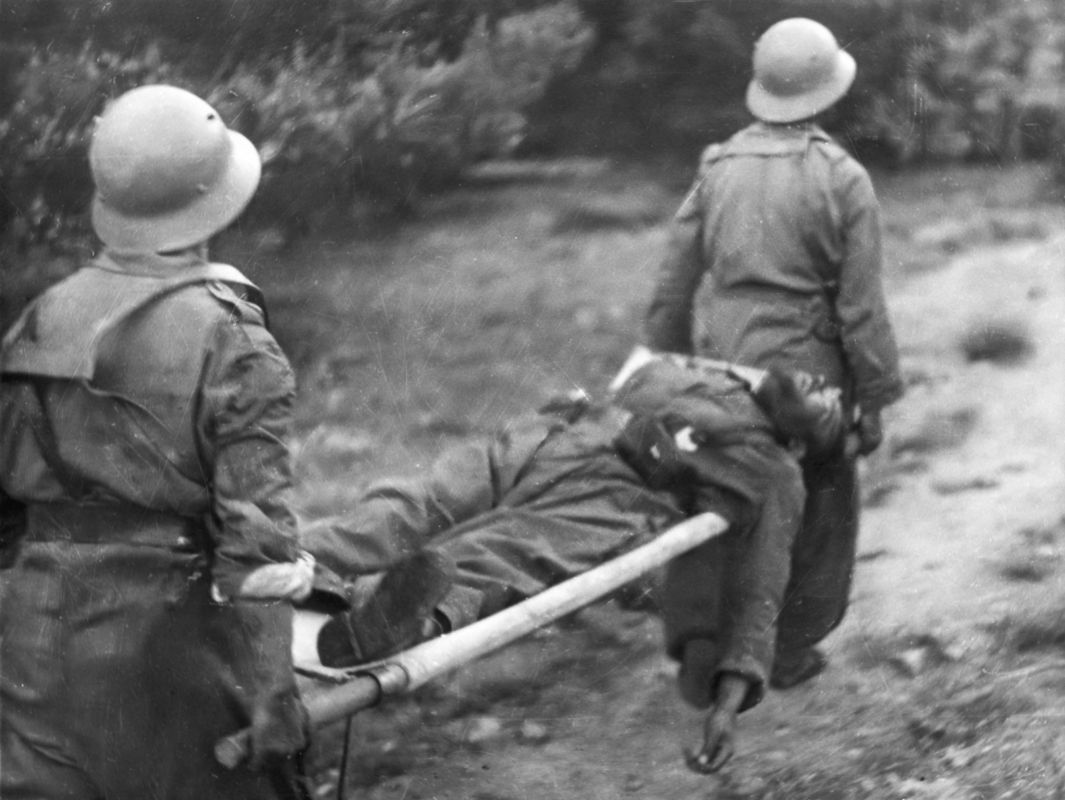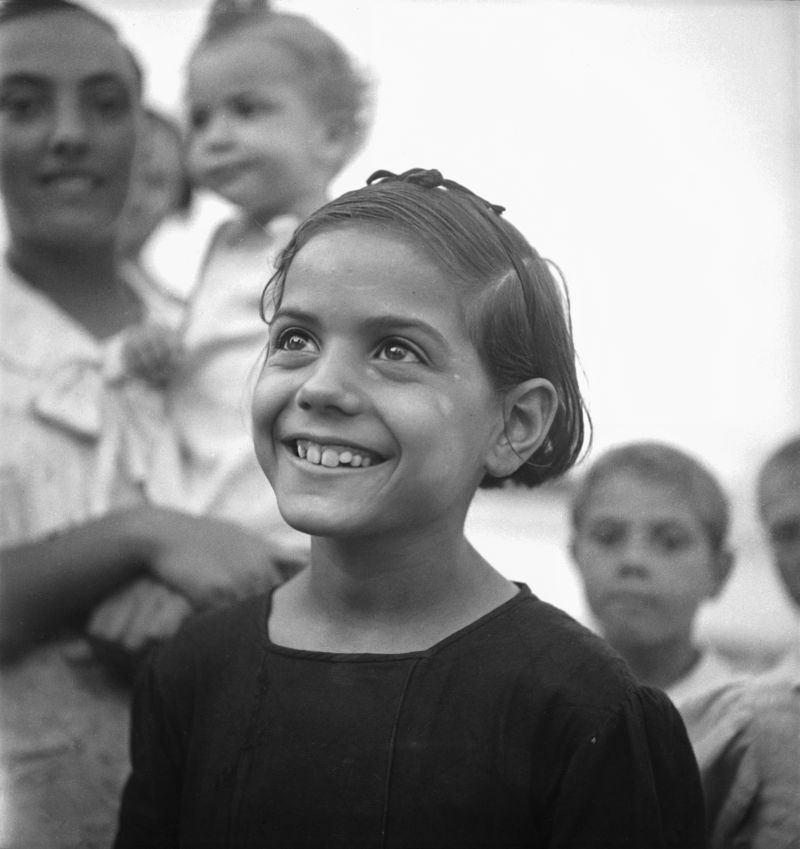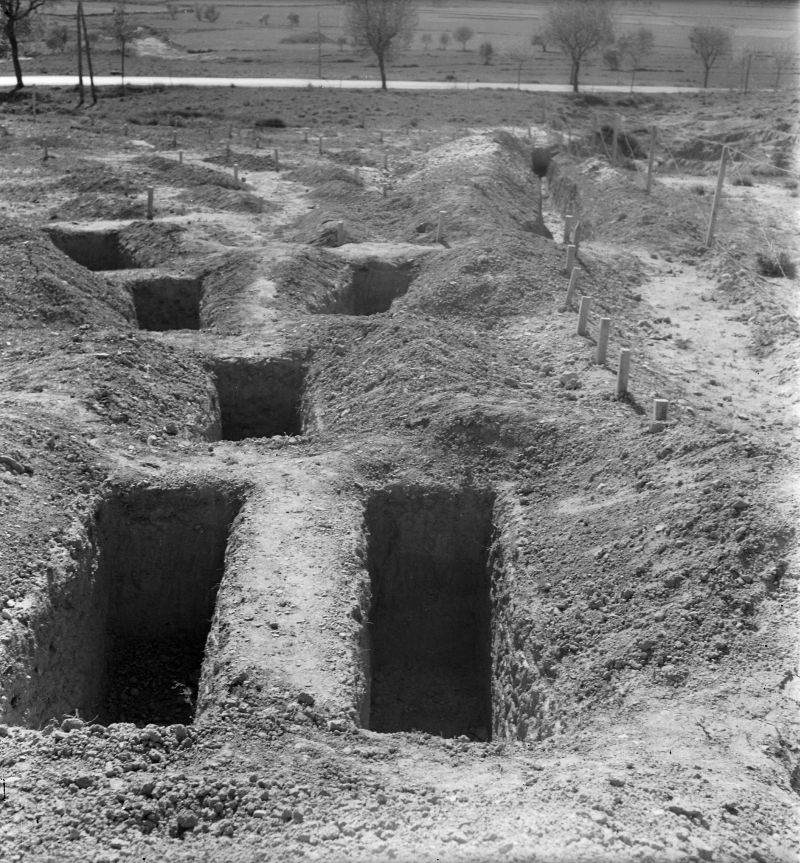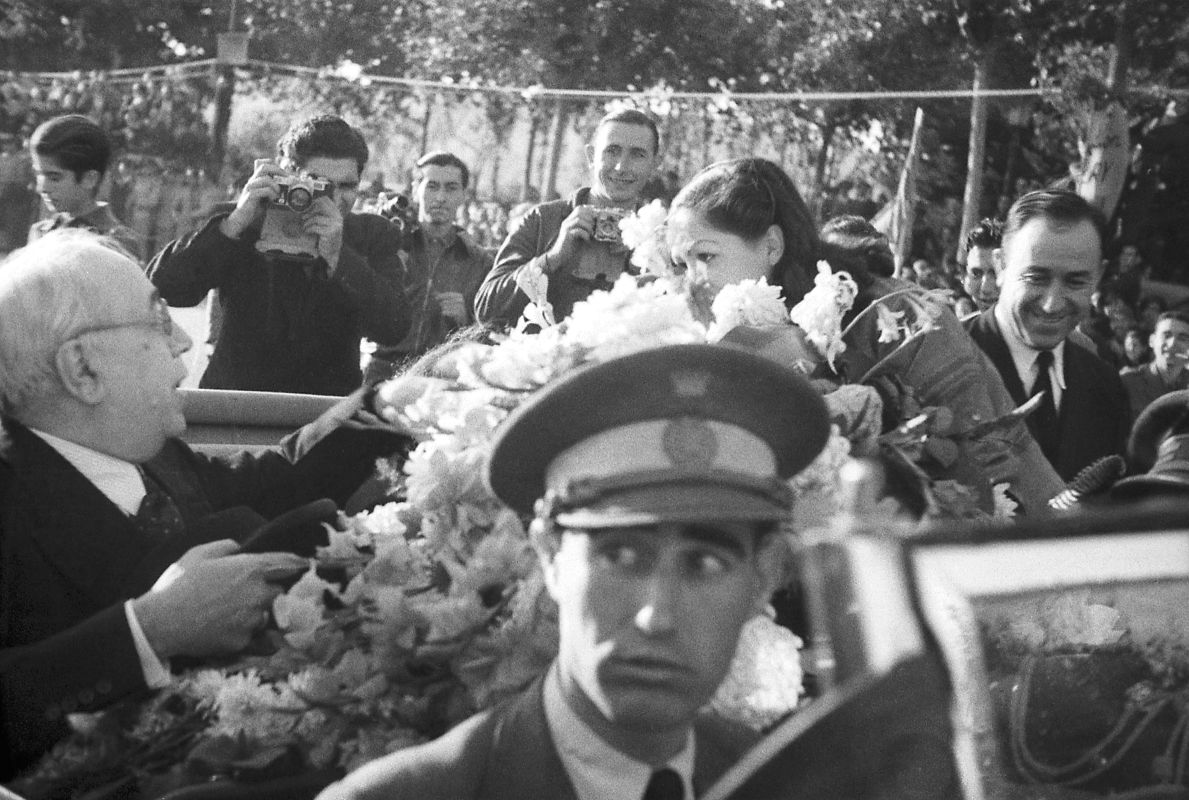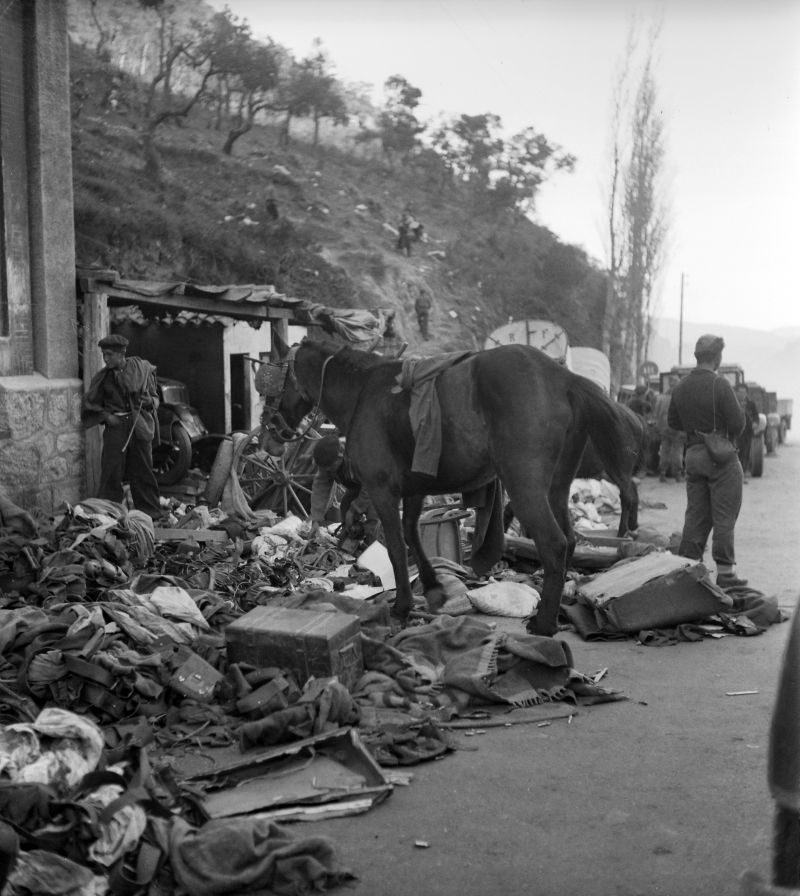Artists
The Documentation Centre of Historical Memory (CDMH, for its Spanish acronym) of Salamanca holds numerous documents on the Spanish Second Republic, the Spanish Civil War, Franco's dictatorship, the Spanish Republican exile, the deportation of Spanish citizens to concentration camps and the transition of the country to democracy. It keeps important documentary and photographic archives, and contains the collections from the Documentary Services of the Presidency of the Government and from the Special Court for the Suppression of Freemasonry and Communism from the Franco regime, as well as those incorporated after 1979. Most of the collections of the CDMH referring to the Spanish Civil War and the dictatorship contain documents, photographs and other objects confiscated from public or private organisations and individuals who were connected with the Second Spanish Republic. At the Pontevedra Biennal, the CDMH presents a selection of photographers who raise the myth of the Spanish Civil War (1936-1939) to its recognition as the ‘first war to be witnessed ("covered") in the modern sense’, according to the writer Susan Sontag. These professional photojournalists were able to document not only military actions but also the situation of the bombed towns and villages.
Erich Andres, Agustí Centelles, Albert Louis Deschamps, Kati Horna, Walter Reuter, Gerda Taro and Emil Vedin, all professionals of different nationalities, show complex and unprecedented scenes of the most humane spectrum of the conflict, without excluding both the drama and the pain following the actions, as well as others seemingly calm that define the unexpected landscape of any war. German photographer Erich Andres (1905-1992) arrived in Spain, through the city of Vigo, in the early stages of the Spanish Civil War and photographed the territory of the rebels. His four photographs are eloquent: they portray the disembarking of German passengers in the coastal inlet Ría de Vigo and the collection of corpses of Republicans shot by coup members on an embankment in the former town of Carabanchel Bajo, among others. The photographs of Agustí Centelles (1909-1985), one of the pioneers of modern European photojournalism, are some of the most iconic of the Spanish conflict, especially those taken in the fronts of Catalonia and Aragon. French photographer Albert Louis Deschamps (1889-1972), who was sent to Spain in 1938 by L'Illustration magazine, has left us detailed graphic information on the Nationalist side, following the progress of Franco's army in 1938 and 1939, as shown in the tombs of Huesca or in the inspection made by Franco's soldiers and militiamen of the objects abandoned by Republican refugees. Kati Horna (1912-2000), a Hungarian photographer with anarchist ideas, whose real name was Kati Deutsch, covered the war from its beginning in 1936, visiting the areas of Barcelona, Valencia, Madrid and Aragon and focusing on the more emotional side of the daily life of the conflict and its consequences, as can be seen in the photographs on display. German photographer Walter Reuter (1906-2005), who fled the Nazi horror, arrived in Spain in 1933. He was not only a combatant in the war, but was able to portray the situation on different fronts in Andalusia, Valencia or Madrid, including the retreat of refugee children of the Republican side. German Gerda Taro (1910-1937), whose real name was Gerta Pohorylle, partner and associate of Endre Friedmann, with whom she created the pseudonym of the legendary photojournalist Robert Capa, focused both on the battle fronts and in the situation of civilians. She was particularly interested in the idea of informative narrative in her photographs in support of the republican cause. According to Life magazine, Taro was the first female photographer to be ‘killed’ by the Spanish Civil War. Enrolled as a volunteer in the International Brigades under the name Emil Vedin (1912-2001), The Pole Emilio Rosenstein fought as an officer and served in the health service of the Republican side during the Spanish Civil War. Among his photos of the conflict and post-conflict it is worth mentioning those he took in the children's colonies – reception centres in France where Spanish children fleeing the war took refuge – as well as those documenting the exodus of exiles leaving the country.




